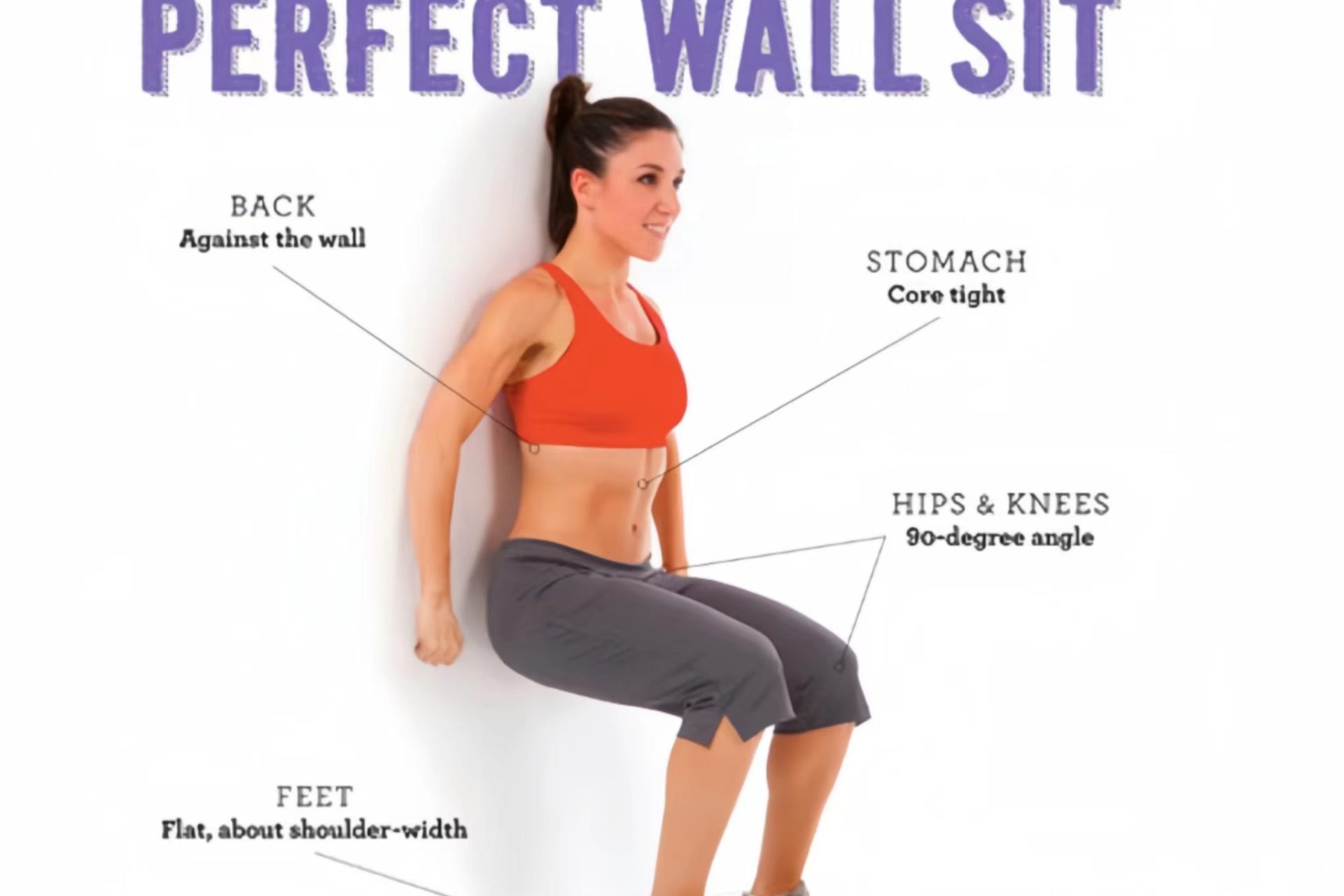Results from a pooled data analysis of existing evidence from clinical trials by life scientists at the University of Canterbury in the UK show that static isometric exercise (engaging muscles without moving the body) is the best way to lower blood pressure. Meanwhile, aerobic exercise, dynamic resistance training (such as squats, push-ups and weights) and high-intensity interval training were also effective.
The findings, published in the British Journal of Sports Medicine, conclude that isometric exercise is the most effective mode of lowering systolic and diastolic blood pressure. It lays the foundation for the development of new exercise guidelines for the prevention and treatment of arterial hypertension.
To update information about the best forms of exercise for controlling blood pressure, the researchers searched databases for clinical trials of the effects of exercise training interventions lasting two weeks or more on resting blood pressure. The exercise interventions were categorized as aerobic exercise, dynamic resistance training, a combination of the two, high-intensity interval training (HIIT) and isometric exercise.
The results of the analysis showed that participants’ resting systolic and diastolic blood pressures were significantly lower after all the different types of exercise, but the greatest decreases in systolic and diastolic blood pressures were seen after isometric exercise training.
Specifically, blood pressure reductions were 4.49/2.53 mmHg after aerobic exercise, 4.55/3.04 mmHg after dynamic resistance training, 6.04/2.54 mmHg after combined training, 4.08/2.50 mmHg after high-intensity interval training and 8.24/4 mmHg.The rank order of effectiveness values for lowering systolic blood pressure was isometric training (98%), combined training (76%), dynamic resistance training (46%), aerobic exercise (40.5%), and HIIT (39%).
Secondary analyses showed that squatting against the wall (isometric training) and running (aerobic exercise) were the most effective individual exercises for lowering systolic (90.5%) and diastolic (91%) blood pressure, respectively . Overall, isometric exercise was most effective in lowering both systolic and diastolic blood pressure.



